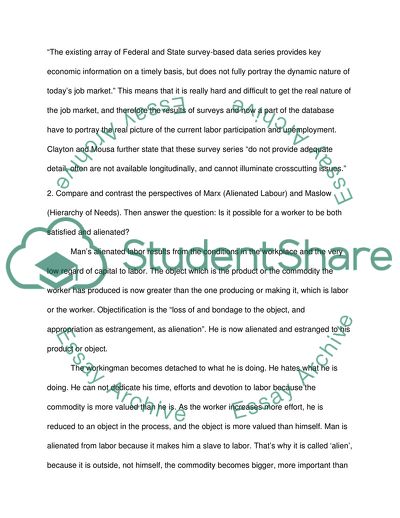Cite this document
(Labor Force in the United States Assignment Example | Topics and Well Written Essays - 2250 words, n.d.)
Labor Force in the United States Assignment Example | Topics and Well Written Essays - 2250 words. https://studentshare.org/sociology/1718087-sociology-of-the-workplace
Labor Force in the United States Assignment Example | Topics and Well Written Essays - 2250 words. https://studentshare.org/sociology/1718087-sociology-of-the-workplace
(Labor Force in the United States Assignment Example | Topics and Well Written Essays - 2250 Words)
Labor Force in the United States Assignment Example | Topics and Well Written Essays - 2250 Words. https://studentshare.org/sociology/1718087-sociology-of-the-workplace.
Labor Force in the United States Assignment Example | Topics and Well Written Essays - 2250 Words. https://studentshare.org/sociology/1718087-sociology-of-the-workplace.
“Labor Force in the United States Assignment Example | Topics and Well Written Essays - 2250 Words”. https://studentshare.org/sociology/1718087-sociology-of-the-workplace.


